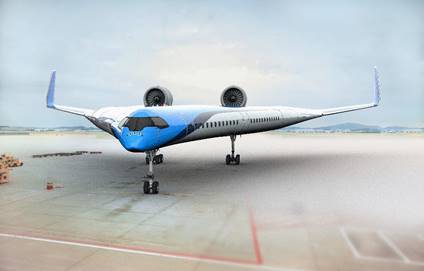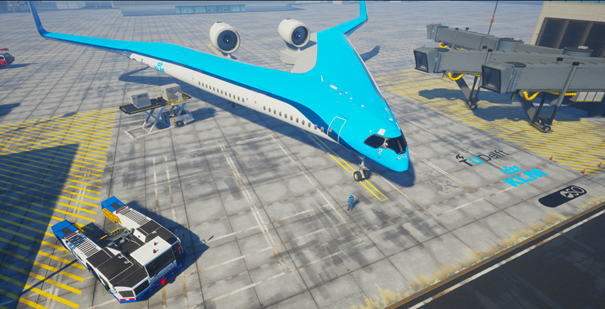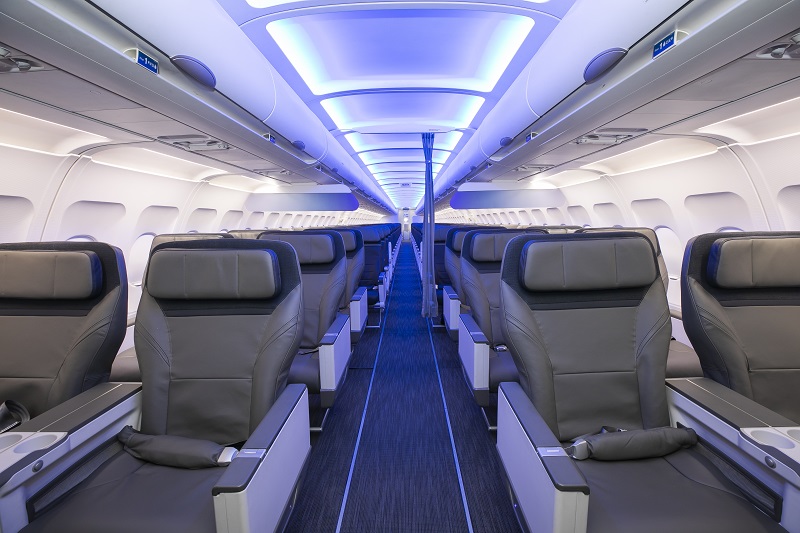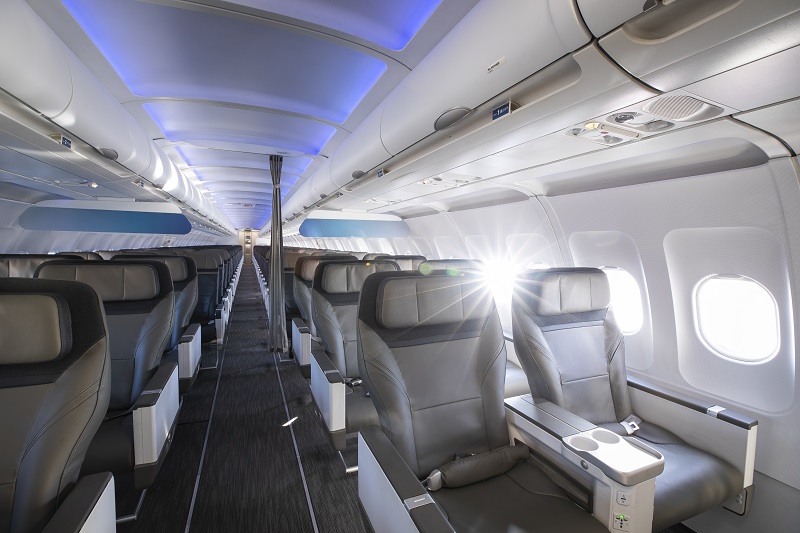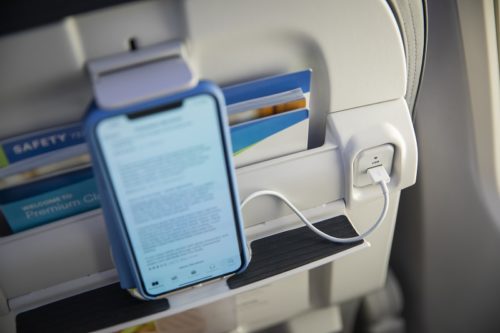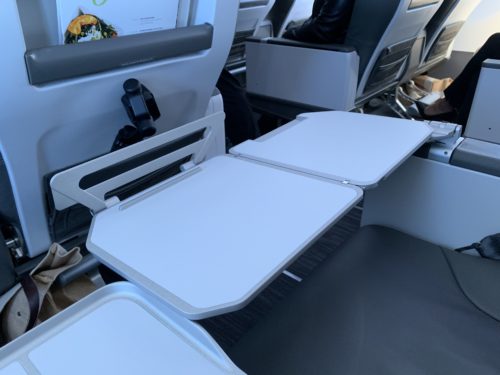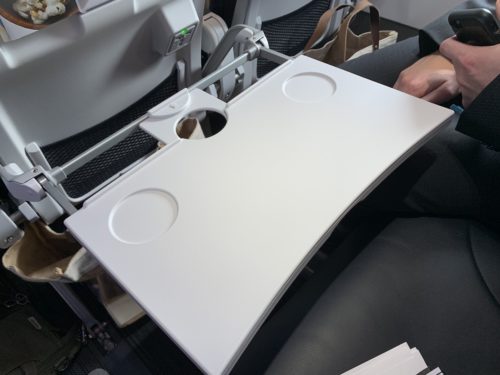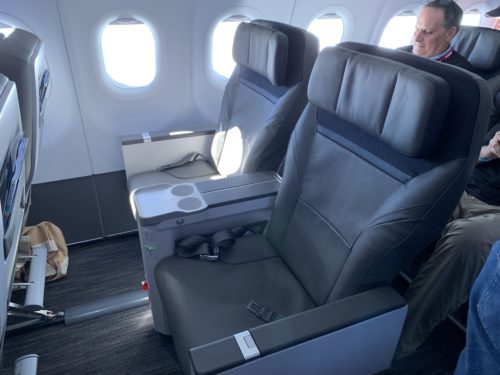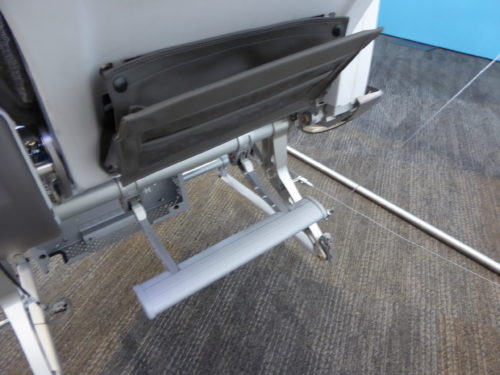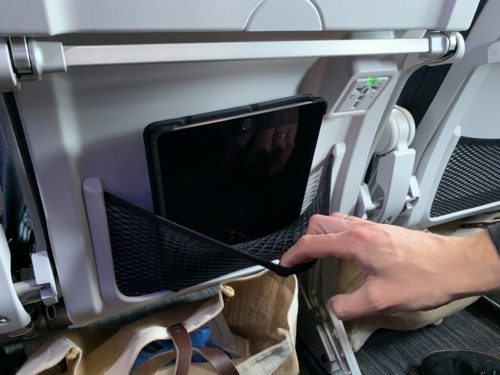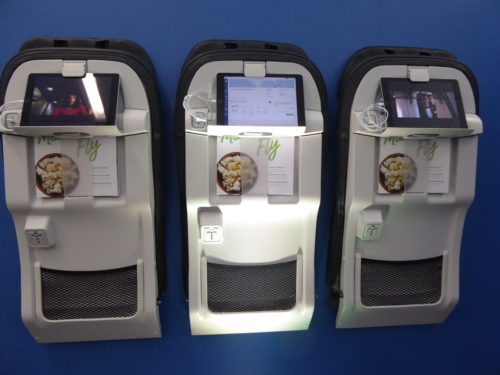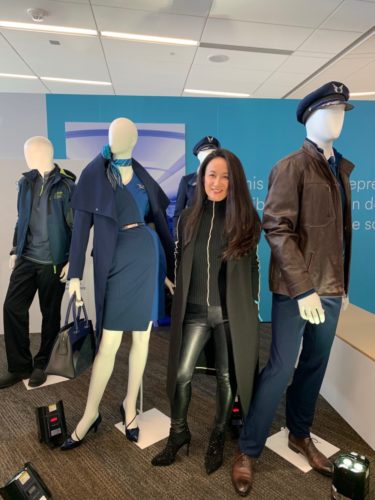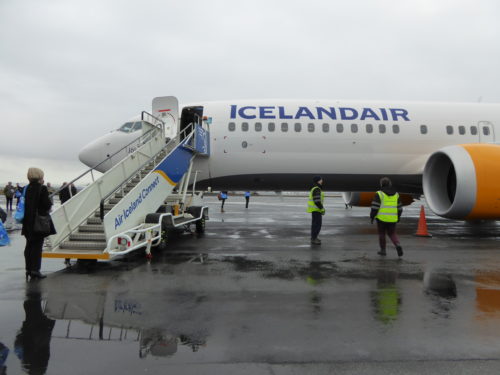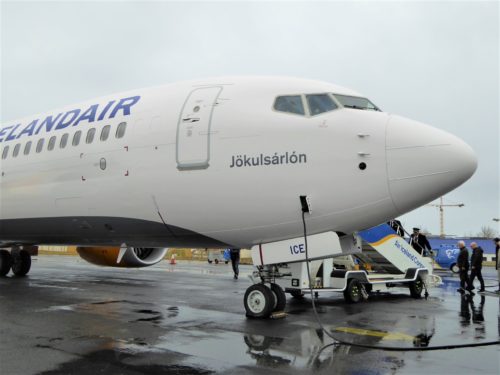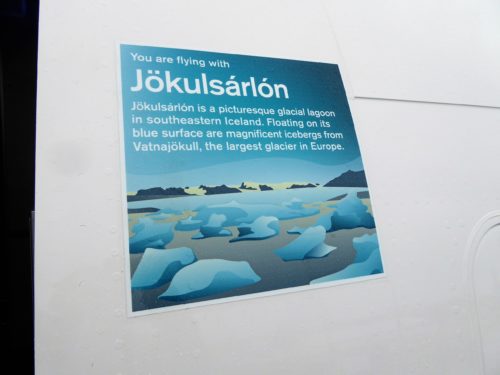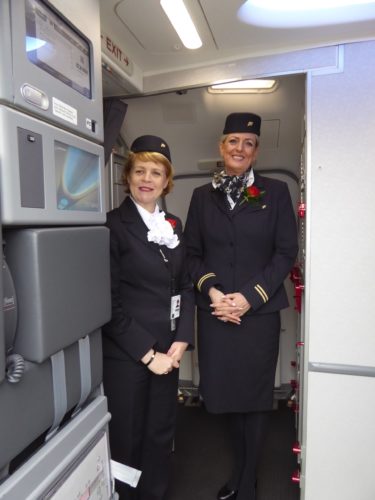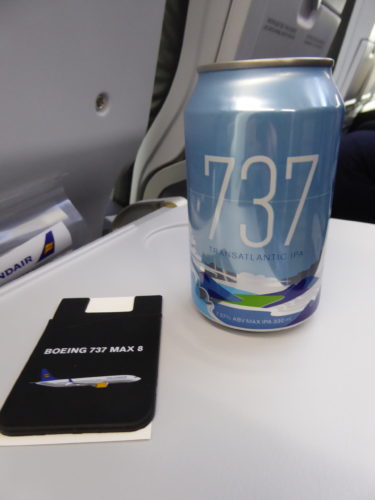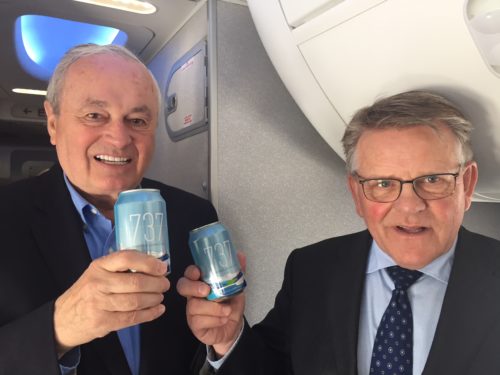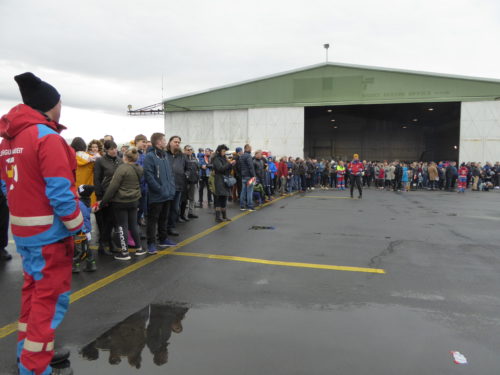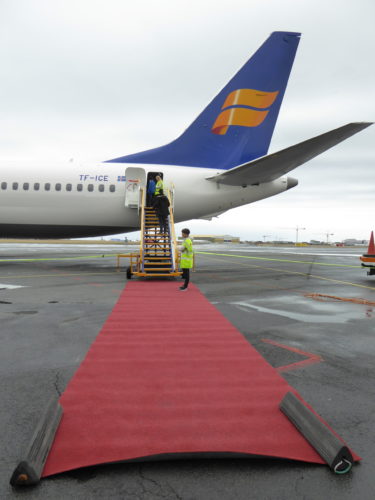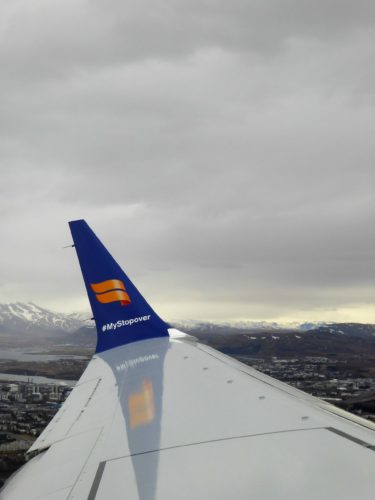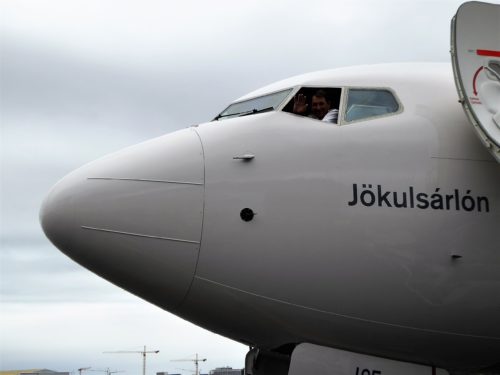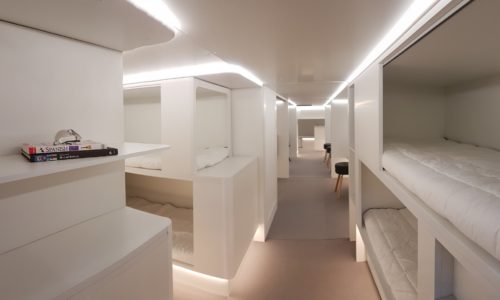
All the news about coronavirus is pretty scary for air passengers who worry about getting sick from the germs on a plane.
Even before this scare, some travelers used disinfectant wipes to clean their tray tables and armrests before and during a flight.
Now we’re being told that this is something everyone should do.
Airlines are doing their part to try to reassure travelers that airplanes are clean and cleaned regularly between flights.
On Wednesday, for example, American Airlines shared a statement outlining its aircraft cleaning routines and efforts to upgrade cleaning.
American says international flights and aircraft with additional time on the ground receive a detailed 30-point cleaning package each day. The airline says all aircraft also undergo deep cleaning procedures on a regularly scheduled basis.
Now, American says it is enhancing cleaning procedures on international flights and aircraft that remain overnight at airports.
“This move, which will touch the majority of our aircraft each day, includes a more thorough cleaning of all hard surfaces, including tray tables and armrests,” American said in its statement.
On its blog, Alaska Airlines shared a video explaining how its airplanes get cleaned.
The airline notes that its crews are paying extra attention to sanitizing the ‘high touch’ parts of that plane. That includes armrests, seat belts, tray tables, overhead controls for air vents, light buttons and call buttons, and the interior and exterior handles to lavatories.
Take a look and let us know if this makes you feel better about flying right now.
